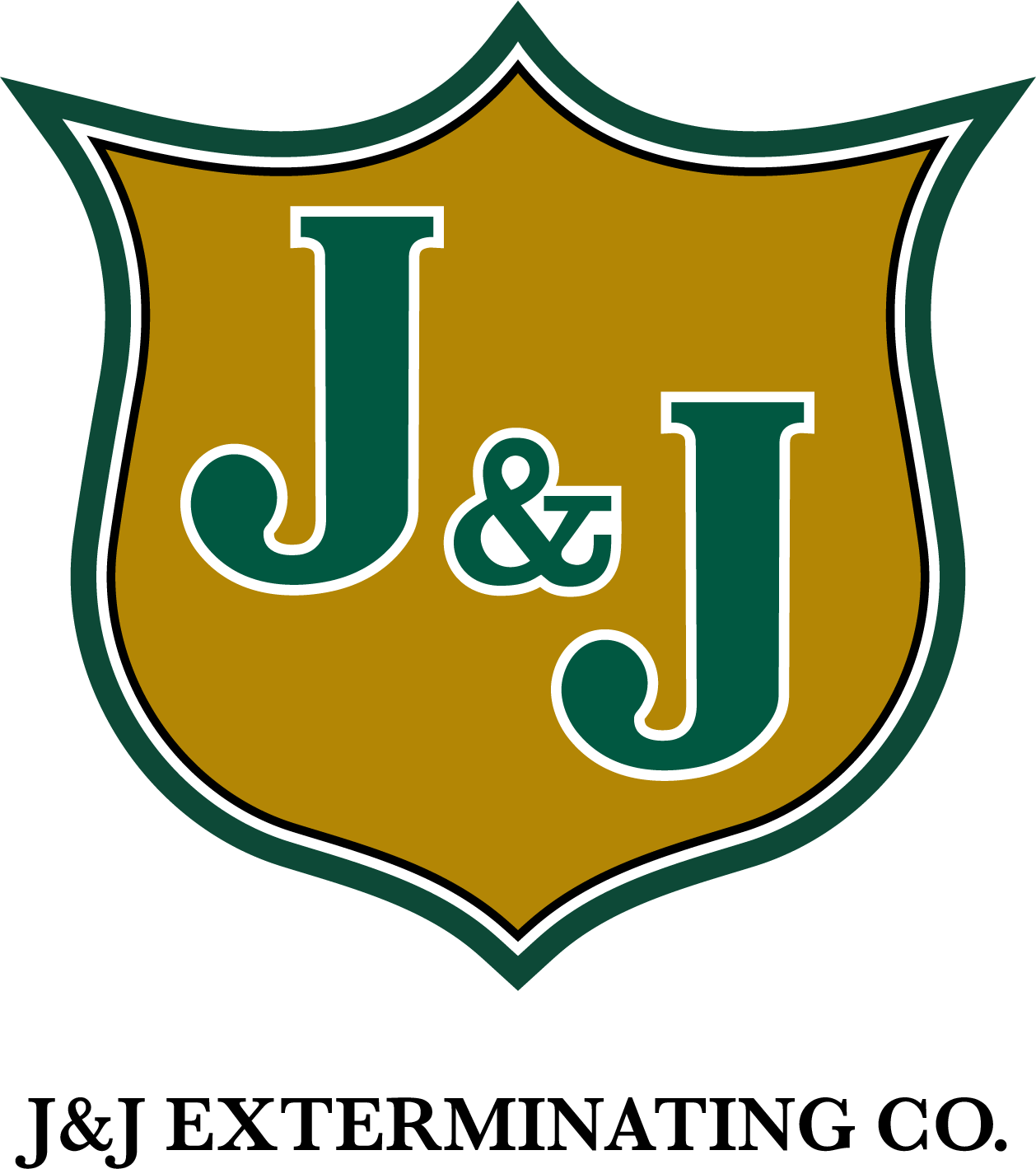Ants, tiny yet formidable, are some of nature’s most determined and resourceful creatures. While we can appreciate their industrious nature from afar, encountering a column of ants marching through our homes can be a frustrating experience. As homeowners, understanding the types of ants we might encounter is the first step towards managing and, ideally, preventing these invasions. In this blog post, we’ll take a close look at common ant species found in and around homes, helping you identify the culprits of those tiny trails and providing strategies to keep them at bay.
The Infamous Intruders: Types of Ants That Plague Home Owners
There are several ant species known for their propensity to infiltrate human dwellings, some more than others. Here are some of the most common home-invading ants you might come across:
Odorous House Ants (Tapinoma sessile)
Earning their name from the unpleasant odor they emit when crushed, odorous house ants are small, dark ants that typically infest homes in the spring. Their preference for sweets means they’ll invade kitchens and pantries, making them a particularly annoying species to deal with.
Carpenter Ants (Camponotus spp.)
Carpenter ants are some of the largest ant species you might see indoors, and they’re often mistaken for termites due to their wood-boring habits. Unlike termites, which eat wood, carpenter ants only excavate it for nesting purposes, which can still lead to extensive structural damage.
Argentine Ants (Linepithema humile)
Argentine ants are a non-native species that have spread worldwide. These small, light to dark brown ants often build massive colonies with multiple queens, making their populations difficult to control once they’ve established a foothold inside your home.
Red Imported Fire Ants (Solenopsis invicta)
These aggressive ants are well-known for their painful stings. They construct large, distinctive mounds and will readily come indoors in search of sugary or greasy food. Fire ant stings can be dangerous for those with allergies, so it’s crucial to manage these ants carefully.
Prevention: Wellington Boots Against the Ant Invasion
While seeing one or two ants inside might not seem like a big deal, it can indicate a larger problem. Prevention is often the best strategy for keeping ant infestations at bay. Here are some actionable steps you can take:
Seal Entry Points
Ants can fit through incredibly small cracks and crevices, so it’s important to seal any potential entry points with caulk or other appropriate sealant.
Keep a Clean House
Ants are relentless foragers, always on the lookout for food sources. Keeping a clean house, especially in the kitchen, can reduce the likelihood of an ant infestation. This includes promptly cleaning up spills, storing food in airtight containers, and taking out the trash regularly.
Trim Back Vegetation
Ants often use branches and shrubs to gain access to your home. By keeping vegetation trimmed and away from the exterior, you can create a barrier that makes it harder for them to find their way in.
Address Moisture Issues
Like many pests, ants are attracted to moisture. Fixing any leaks or moisture problems in and around your home can help deter them.
Identification Skills: Knowing Your Enemy
Being able to correctly identify the type of ant that’s invaded your space is crucial for effective management. Here are some characteristics to look for:
Size and Color
Different ant species vary in size, from the minuscule pharaoh ant to the relatively large carpenter ant. Color can also be a significant indicator, with some species, like fire ants, having a distinct reddish hue.
Behavior
Observing ant behavior can also provide clues. Do they prefer sweet or greasy foods? Are they active during the day or night? Do they build nests indoors or merely forage?
Nesting Habits
Understanding where ants like to build their nests can help you locate and eliminate them more effectively. Some ants prefer to nest in rotting wood (like carpenter ants), while others may build their colonies under stones or concrete slabs near the foundation of your home.
Eradication Tactics: When the Ants Come Marching In
If you do find yourself with an ant problem, there are several strategies you can employ to eliminate them:
Baiting
Ant baits are an effective way to manage large populations, as foragers will take the poison back to the colony and share it with others. Remember, it’s important to use the right type of bait for the species you’re dealing with.
Chemical Treatments
For severe infestations, professional-grade chemical treatments may be necessary. These are typically applied along baseboards, in wall voids, or near potential entry points. Always follow instructions carefully and consider the safety of children and pets.
Natural Options
For those who prefer to avoid chemical solutions, there are natural repellents and deterrents you can try. These include substances like vinegar, cinnamon, or diatomaceous earth, which can be used to create barriers that ants won’t cross.
Professional Help: Summoning the Exterminator’s Might
Sometimes, despite our best efforts, ant infestations can spiral out of control. This is where the professionals come in:
Inspection
A professional pest control service like J&J Exterminating will start with a thorough inspection to determine the extent of the infestation and the type of ant species involved.
Customized Treatment Plans
Based on the inspection, a customized treatment plan will be developed to target the ants effectively while minimizing the impact on your home and the environment.
Ongoing Maintenance
Regular preventative treatments can help ensure that ants—and other pests—don’t return. This can be especially valuable for homes in areas prone to repeated infestations.
The Long-Term Battle: Keeping Ants Out For Good
While eliminating a current ant infestation is a significant victory, the long-term battle is about keeping them out for good. Here’s how J&J Exterminating can help:
Professional Recommendations
Upon completion of the initial treatment, our technicians will provide you with professional recommendations for ant-proofing your home, tailored to your specific situation and the species involved.
DIY Assistance
We can also provide guidance and products for the homeowner who wants to take a more hands-on approach to pest management ongoing.
On-Demand Services
Should the ants return, our on-demand services are just a phone call away. Addressing new infestations quickly can prevent them from becoming established.
Dealing with ants in the home requires a multi-faceted approach, from identifying and understanding the species you’re battling to taking proactive steps to prevent invasions. With the help of professional pest control services, you can not only rid your home of current infestations but also establish a defense against future incursions. Remember, the best time to deal with ants is before they become a problem—be vigilant, take action, and reclaim your space from these resourceful little insects.
If you’re struggling with ant infestations and need expert help, contact J&J Exterminating for a customized pest management solution. Together, we can defend your home against even the most persistent ant invasions.




